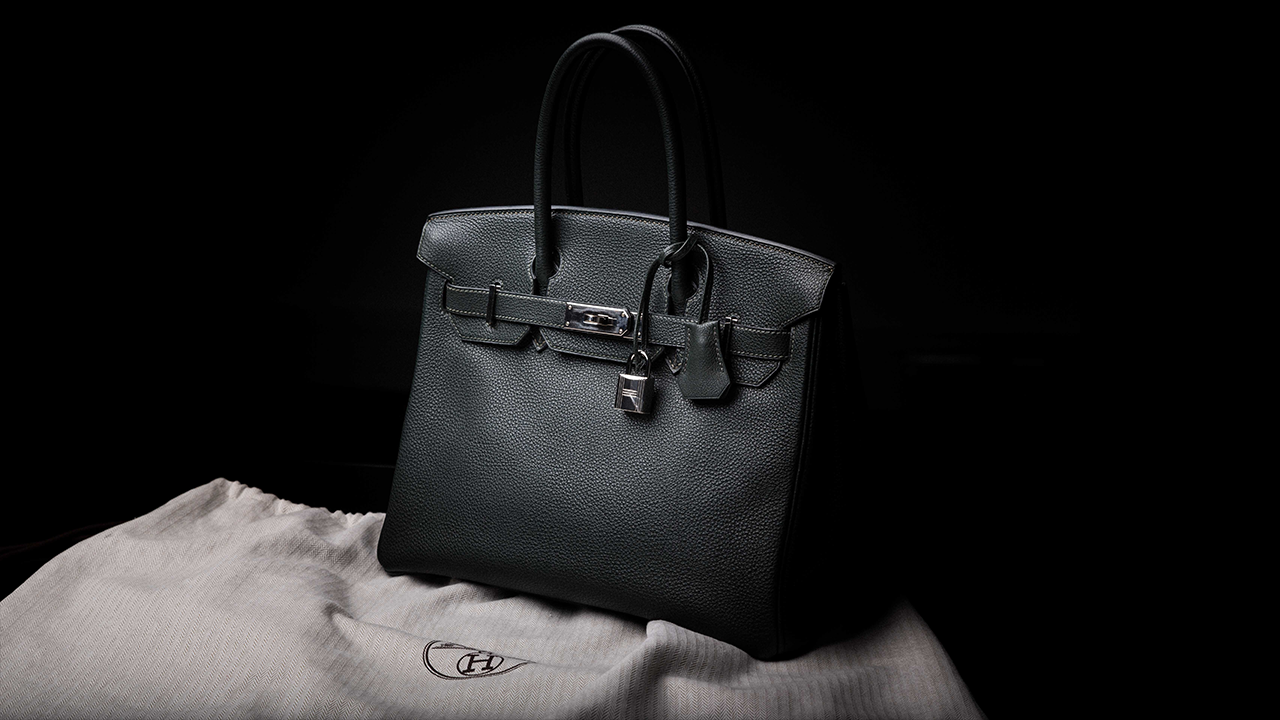What happened
The Hurun Research Institute last week released its Chinese Luxury Consumer Survey & Hurun Best of the Best Awards 2023.
The survey suggests that 56 percent of China’s HNWIs will increase spending on personal luxuries in the next three years, a three percentage point increase over last year.
Breaking that down, 73, 67, and 64 percent of HNWIs intend to spend more on jewelry, watches, and fashion, respectively. Notably, Chanel, Gucci, and Rolex are considered by men to be the best brands for gifting, while women prefer gifting Chanel, Hermès, and Gucci items.

The three most favored jewelry brands are Bulgari, Cartier, and Van Cleef & Arpels, while Rolex, Patek Philippe, and Bulgari are the three most beloved watch brands. Hermès, Louis Vuitton, and Chanel are considered by HNWIs as the best fashion labels for women, while Gucci replaces Chanel for men.
The study surveyed 750 high-net-worth individuals (HNWIs), defined as those with average family assets of 6.5 million (45 million RMB) and investable wealth of 1.9 million (13 million RMB). Thirty-eight respondents had over 14.4 million (100 million RMB) in assets, and the average age of respondents was 36, while 46 percent of the surveyed HNWIs are under 30.
The Jing Take
The Hurun survey does not dive into the reasons why China’s HNWIs favor the aforementioned brands. Nevertheless, the consumption intentions of those at the top of China’s socio-economic ladder revealed in the survey can inform brands’ very important customer (VIC) engagement strategies in the country. After all, according to PwC China’s inaugural luxury market insight report, HNWIs, defined as those with a net worth of at least 1.45 million (10 million RMB), accounted for 42 percent of domestic luxury industry revenue in 2021, though they make up just 0.3 percent of the population.
Respondents to the Hurun survey identify the pursuit of fashion, satisfying daily demands, and gifting as the three most popular motivations for them to purchase luxury. These are different from the reasons younger Chinese consumers turn to luxury. The PwC report suggests that Chinese Gen-Zers buy luxury items mainly to reward themselves and pursue extreme novelty to highlight their individuality.
A joint study from Tmall Luxury Pavilion and Roland Berger in mid-2022 also found that China’s “active youth,” referring to those aged between 18 and 39, pay significant attention to a product’s cost. By comparison, only 32 percent of respondents to Hurun’s survey list self-reward as a major reason for their luxury consumption, and cost is not mentioned at all.
Notably, items from the brands most favored by China’s HNWIs boast considerable investment value. For instance, at a luxury market media roundtable hosted by GAM Investments on March 1, the asset manager revealed that Hermès Birkin Bags generated an average annual return of 14.2 percent from 1980 to 2015, significantly higher than the S&P 500’s 8.7 percent average annual return over the same period. China’s investment-savvy consumers have also been turning to gold jewelry and luxury watch brands, such as Rolex and Patek Philippe, against the backdrop of slowing economic growth. Premium and classic luxury items will continue to attract the attention of China’s HNWIs in the foreseeable future.
Of course, the consumption habits of China’s HNWIs are subject to nuances. Hurun found that HNWIs aged under 30 spend the most on personal luxuries; older HNWIs focus their spending on other areas, such as investing in real estate, their health and their children’s education. As such, engaging young Chinese consumers while diversifying product offerings at the same time is critical for luxury brands’ long-term success in China.
The Jing Take reports on a piece of the leading news and presents our editorial team’s analysis of the key implications for the luxury industry. In the recurring column, we analyze everything from product drops and mergers to heated debate sprouting on Chinese social media.

